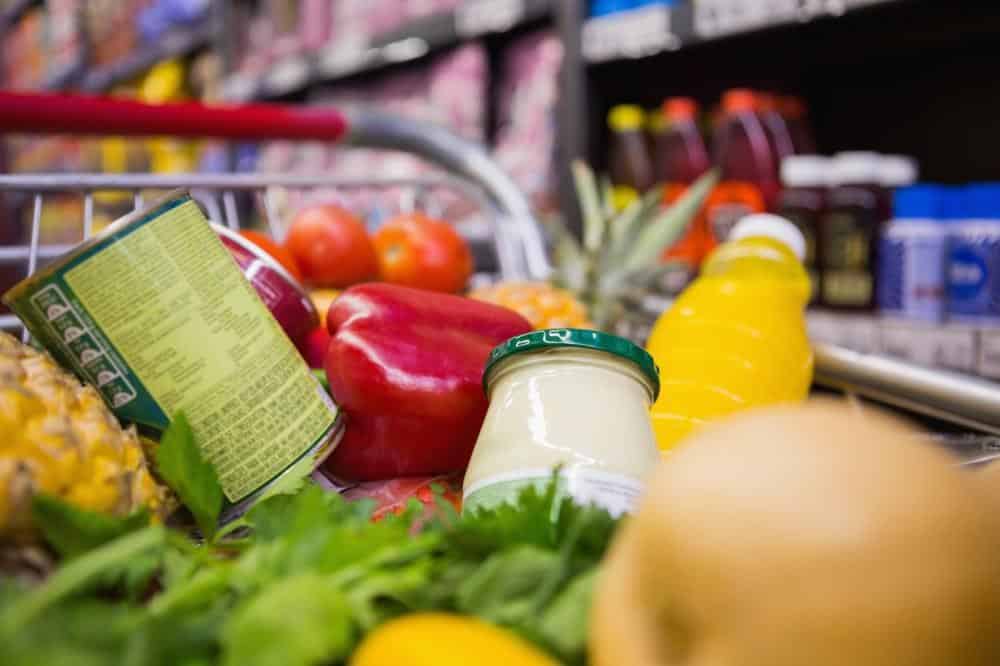Dieting isn’t easy. Many fail for this very reason. Counting calories and depriving yourself of cake, beer, chips, 8-ounce filet mignon steaks, and other high-calorie foods sound awful. But the payoff of a thinner, stronger, more attractive body is well worth it.
And if you keep yourself in check when you’ve reached your weight-loss goal, you can indulge in some rich foods later if you restrain yourself.
With the right foods and the correct daily calorie count, you could enjoy going on a diet while eating tasty, nutritious meals. A calorie is a unit of measurement that quantifies energy. Some dietitians swear by the practice of counting calories, while others say the method restricts us from eating certain healthy foods.
However, most medical experts and nutritionists support calorie counting as an excellent start to your dieting journey. The average recommended daily calorie count for men and women is 2,500 and 2,000 calories, respectively.
However, when losing weight, experts recommend that you stick to a 1,300 to 1,500 calorie-a-day diet, to lose on average 1 pound of weight per week. Do not be tempted to dip below this range. Getting too few calories isn’t sustainable; it may decrease your metabolism and could leave you feeling deprived.
Have you ever wondered what makes up 1,300 calories a day for the everyday woman? Let’s take a closer look.
Breakfast
Breakfast is the most important meal. It kick starts your metabolism and gets your body going. A typical breakfast on a daily 1,300-calorie menu adds up to 300 to 400 calories. These foods offer all the whole grain, protein, fiber, and probiotics you need and typically include one of the following:
- A cup of raisin bran, half a banana or ten blueberries, and a cup of skim milk
- A bowl of oatmeal cooked in water with a teaspoon of honey and some granola, a cup of blueberries, and 6 ounces of low-fat Greek yogurt
- A hard-boiled or poached egg, an apple, a slice of whole-wheat toast, and a cup of skim milk
- You could also enjoy a cup of freshly-brewed, unsweetened black coffee if you can’t function without caffeine.
Lunch or Dinner
Equally as important as breakfast are lunch and dinner. Lunch prevents you from experiencing hunger pangs during the day, and dinner gets you ready for the long overnight fast.
As a rule, each meal should have no more than ½ cup of whole grains, 2 ounces of white meat or lean red meat, and ¼ cup of cooked beans or other pulses. Also recommended is a tablespoon of natural nut butter and a cup of cooked veggies such as steamed broccoli or 2 cups of raw, leafy salad greens.
And don’t forget the water – water keeps you hydrated and prevents brain fog.
Lunch and dinner should not exceed 400 calories each. Typical choices could consist of:
- ¼ cup of cooked black beans with salsa and a bowl of vegetable soup
- 2 ounces of deli white meat and 1 ounce of low-fat cheese on two slices of whole-grain bread
- 3 ounces of broiled salmon served with ½ cup of steamed wild rice and a cup of steamed broccoli or snow peas
- Be sure to stay away from alcohol, at least when starting your diet. Alcohol contains empty calories with little to no nutritional value.
Mid-morning and Mid-afternoon Snacks
Snacks are useful when dieting, as they satisfy cravings that often lead to unhealthy carb intake. Whole fresh fruits, a handful of nuts or seeds, and dried fruit are useful snacks to take with you during the day.
Also opt for vegetable crudites, hummus, nut butter dips, a 100-calorie protein bar or an 8-ounce protein shake. These snacks will keep you fueled, especially when the 4 o’clock afternoon slump hits you.
Settling On What Works For You
All of us are different and have bodies that function differently. It’s essential to find what works for you to stick to a sustainable and healthy weight-loss diet that will not leave you feeling weak and deprived.
Try to measure your food using a food scale, measuring spoons, and measuring cups to help you master portion control. Increase your daily physical activity to burn more calories, and don’t forget to drink plenty of water to keep hydrated.

